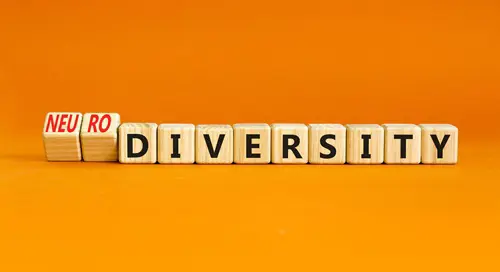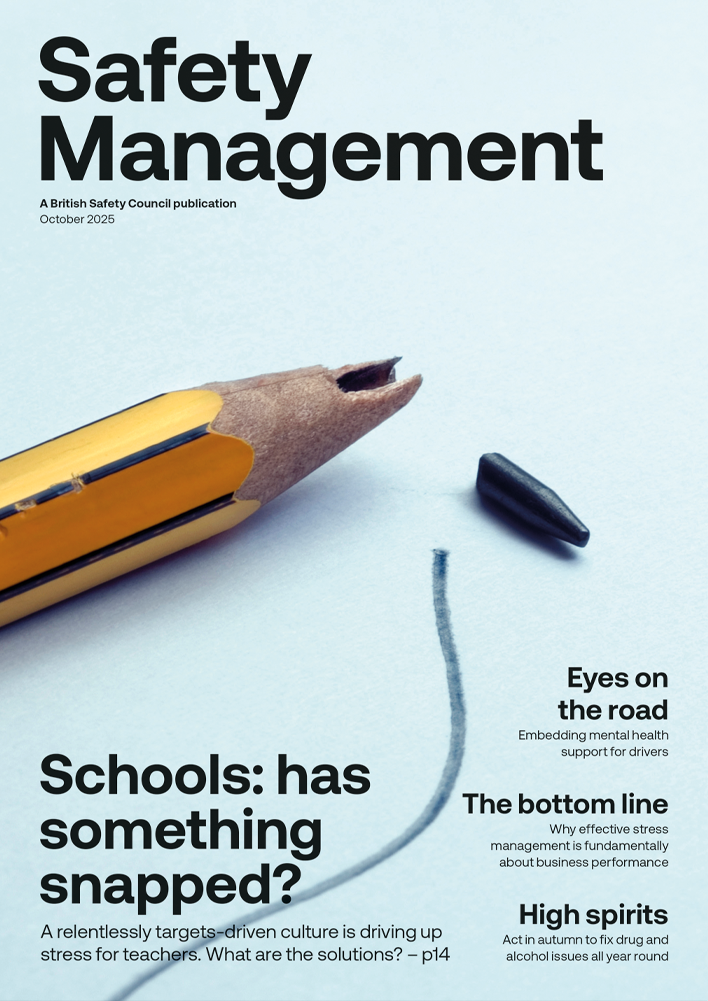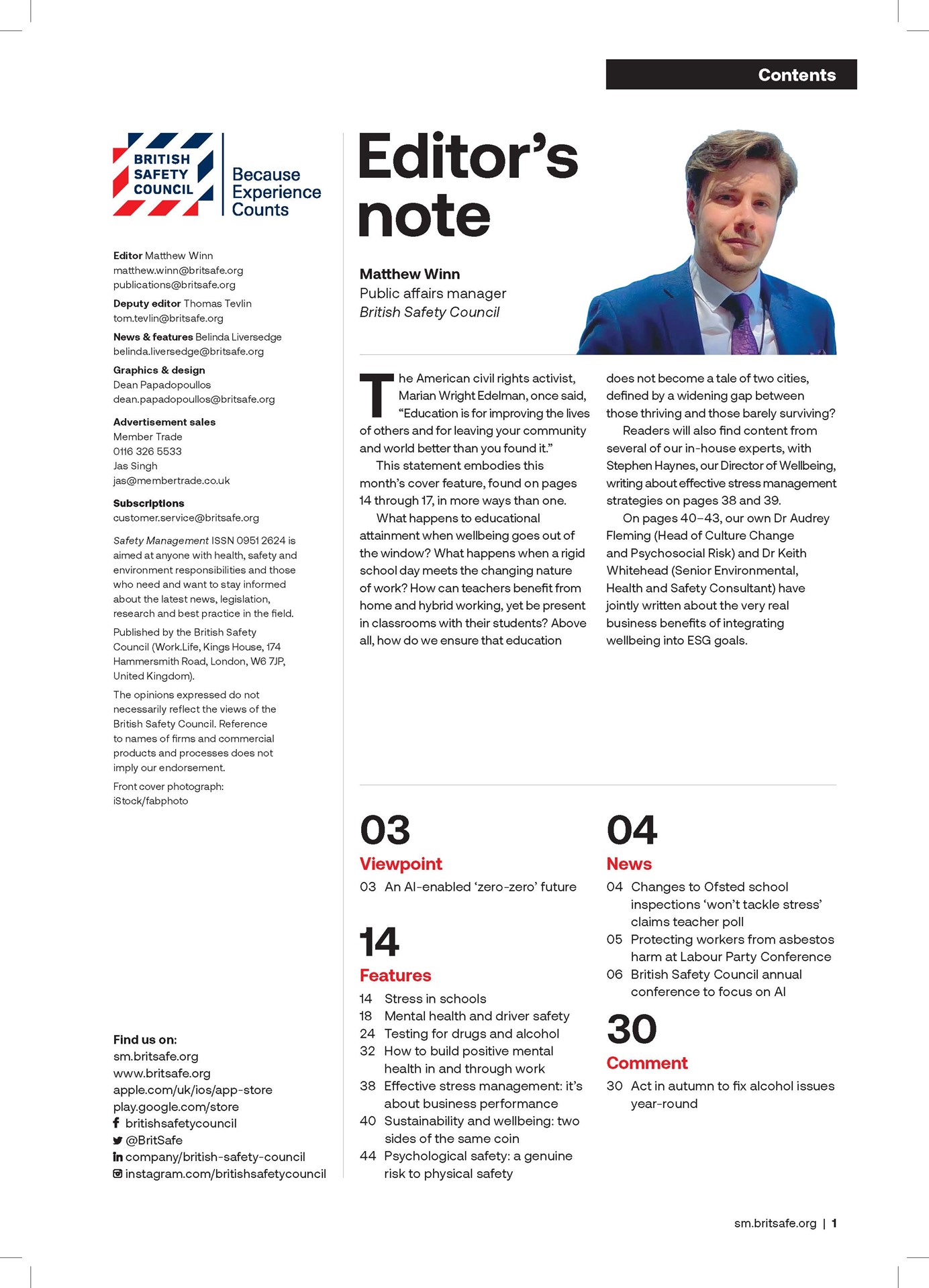A company’s management may be sceptical about the value of an external occupational health and safety audit, but done well, they are a great way to identify gaps and opportunities for improvement in safety policies, systems and performance.
Features
Health and safety auditing: friend or foe?
When most people hear the word ‘audit’, it’s often met with trepidation. It conjures images of paperwork, inspections and someone pointing out everything that’s wrong. But when it comes to health and safety auditing, is it really the enemy of a productive workplace – or could it be one of its strongest allies?
So, why would an occupational health and safety audit be the friend your business didn’t know it needed?
Before we answer that question, we need first to be clear what a health and safety audit is.
It’s first and foremost a structured process of reviewing and evaluating how well an organisation is managing its health and safety responsibilities. This includes assessing:
- Compliance with legislation
- Risk assessment practices
- Safety management systems
- Employee awareness and training
- Reporting and investigation of incidents.
Audit methods
There are two ways an audit can be conducted: internally, using the organisation’s own employees, where the results are analysed solely in-house; or externally, by a reliable competent organisation or a qualified consultant acting in an individual capacity, where the external auditor provides an independent assessment and audit report. In either case the aim is to identify gaps and opportunities for improvement – it should never be an opportunity to blame.
 An audit can be conducted internally, where the results are analysed solely in-house; or externally, by a reliable competent organisation. Photograph: iStock
An audit can be conducted internally, where the results are analysed solely in-house; or externally, by a reliable competent organisation. Photograph: iStock
So why the fear and suspicion? Well, for those old enough to remember BS5750, the predecessor to the ISO quality standard ISO 9001, they will remember how auditing was done.
As a historical note, this UK standard was heavily influenced by the UK Ministry of Defence (MoD). It had been developed as a means of assessing and assuring the highest quality standards in the MoD supply chain and as such set extremely high expectations on those being certified.
Early in my career I was exposed to auditing to this standard and the business I worked for treated failure to comply as a serious breach. Colleagues of mine would spend weeks leading up to the audit checking and double checking; finding gaps and hurriedly trying to fill them. As a result, the amount of additional time spent preparing for the audit often diverted resources away from doing the job.
In those days management standards looked very different. Many of the requirements were arguably unrelated to the business being audited, yet the business was required to introduce procedures to address the issue whether it was relevant or not.
Significant changes
Since then, we’ve seen significant changes come into play, yet those lingering fears still seep through. Here are a few common assumptions that we’ve heard over the years:
- Fear of blame – people worry audits are about assigning fault or punishing mistakes
- Time and disruption – operations managers fear lost productivity
- Cost concerns – there’s a perception that audits are expensive, especially if they lead to recommended upgrades.
But when done correctly, an audit doesn’t hinder – it helps.
So, back to my earlier question, how can an audit be helpful to an organisation?
1. They can often prevent incidents before they happen – if an organisation has regular audits, they can frequently uncover risks that might not be visible or apparent in day-to-day operations. Addressing these proactively can prevent costly accidents and downtime.
2. They demonstrate compliance – with constantly evolving regulations, audits ensure the business is staying on top of its legal obligations. Business disruption, fines or legal issues can be far more expensive than an audit.
3. They show commitment to health and safety – clients, investors and employees are increasingly prioritising safety. The ability to recruit good people can be influenced by how safe they feel the working environment is. Investors will factor in health and safety because of the exposure to risk, and clients are acutely aware of the optics in a world where errors or failings can be shared globally in seconds. A regular robust audit schedule shows the organisation is serious about creating a safe workplace culture.
4. They have been known to enhance operational efficiency – health and safety isn’t just about avoiding harm – it’s about building smarter, more streamlined processes. Many audit recommendations actually improve productivity.
5. They support continuous improvement – we see evidence regularly that audits provide measurable insights and data you can use to set goals, track progress and make strategic decisions around safety performance.
 Addressing risks proactively can prevent costly accidents and downtime. Photograph: iStock
Addressing risks proactively can prevent costly accidents and downtime. Photograph: iStock
Making the audit work for your business
So, it’s important to make audits work for you.
The aim is to help not hinder business. Here are a couple of pointers that form the bedrock of a fruitful and worthwhile audit:
- Involve your team and other stakeholders.
Let them know the audit is a chance to improve – not a witch hunt. - Think about the skills needed for the right auditor. External consultants bring a fresh perspective and in-depth expertise. At the British Safety Council we have an extensive network of subject matter experts and we consider their skillsets and knowledge before placing them with clients. Whether we’re undertaking support activities ranging from advisory work to auditing, this team are committed to sharing insights and experience to help your business improve its occupational safety and health performance.
- Act on the findings. An audit is only as valuable as the action it inspires. Use the results to prioritise meaningful improvements. Although sometimes the recommendations may not be suitable for the organisation, by exploring their suitability organisations will often find alternatives similar to if not better than the ones they were considering or evaluating.
- Make it routine. Internal audits should be part of your ongoing safety culture, not just a one-off event. Peer-to-peer audits are a very good way to help colleagues feel less intimidated by the process. Bringing people from different departments or sites to work in an audit team also helps make it both an informative as well as a learning opportunity.
British Safety Council’s approach to auditing
At the British Safety Council we’re committed to helping organisations both in the UK and overseas be the best they possibly can in regard to health and safety, environmental sustainability and more recently worker wellbeing. It is important to us that the audit outcome isn’t simply a detailed report – it’s what sits behind it.
The reports of course are important and will articulate recommendations to be considered but it is the time our auditors spend with our clients that is often cited as tremendously valuable. This includes the professional conversations that take place when the auditor and the organisation’s risk management team are walking on site, or when the auditor and the company’s team have a coffee break during the audit schedule.
 Photograph: iStock
Photograph: iStock
These don’t always get recorded but time-after-time fellow practitioners value the opportunity they offer to discuss issues or challenges they face. Our auditors will often provide context and possible steps to consider; and will often share information on solutions they’ve seen elsewhere that could be considered. In essence, the auditor provides much more than simply measuring an organisation against a set of parameters.
In conclusion, health and safety auditing doesn’t have to be a foe. In fact, when embraced with the right mindset, it becomes one of the most powerful tools in your risk management toolbox. It protects your people, your reputation and your bottom line.
So next time the word ‘audit’ pops up, don’t brace for battle. Welcome it – and use it to build a safer, stronger future for your business.
Phil Pinnington is head of audit and consultancy at British Safety Council. Phil will present a free webinar on 13 August 2025 on ‘Change... friend or foe? An auditor’s perspective’. Register at:
britsafe.org/awards-and-events/events/webinars
Connect with Phil on LinkedIn:
linkedin.com/in/phil-pinnington-cmiosh/
For more information on British Safety Council’s audit and consultancy
services see:
britsafe.org
FEATURES

Why menstruation support matters at work
By Deborah Garlick, Menstruation Friendly by Henpicked on 03 December 2025
Although forward-thinking organisations are increasingly taking action on menopause awareness and support at work, attention is now turning to menstrual health as the next essential step in building an inclusive, equitable and high-performing workplace.

Neurodiversity at work: getting started on creating a supportive environment for neurodivergent workers
By Andy Hooke CMIOSH Chartered health and safety consultant on 03 December 2025
Creating a neuroinclusive workplace brings many benefits, including making neurodivergent employees more comfortable about seeking help and support from managers and colleagues, and there are some simple ways of getting started with the process.

Human-centred technology for better work design: rethinking musculoskeletal disorder prevention
By Cam Stevens, Pocketknife Group on 03 December 2025
Although technologies like computer vision analysis, machine learning and wearable sensors are increasingly being used to identify and assess the causes of work-related musculoskeletal disorders (MSDs), it’s essential to consider data relating to all aspects of work design when seeking to reduce MSDs in the workplace.



